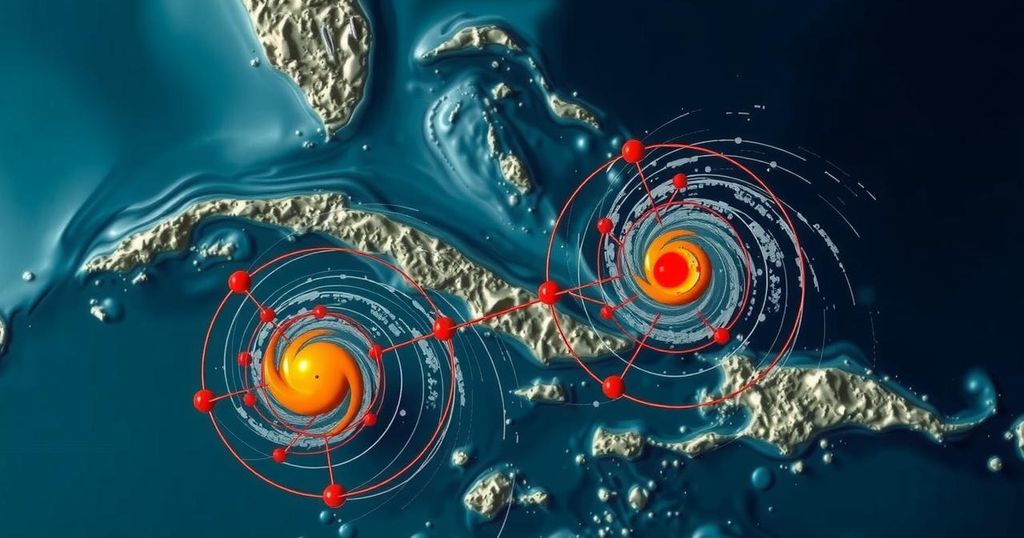Eastern Cuba was shaken by a 6.8 magnitude earthquake, felt across major cities, including Santiago and Holguin. This event follows recent hurricanes and blackouts that have plagued the island, leaving many residents anxious. Fortunately, there were no immediate reports of serious injuries or significant damage. The earthquake highlights the ongoing struggles Cuba faces in terms of infrastructure and recovery from natural disasters.
On Sunday, eastern Cuba experienced a 6.8 magnitude earthquake, as reported by the U.S. Geological Survey. This seismic event occurred approximately 25 miles south of Bartolome Maso, amidst ongoing recovery from recent hurricanes and widespread blackouts that have challenged the island’s residents. Tremors were widely felt in major cities, including Santiago de Cuba, Holguin, and Guantanamo, as well as in Jamaica, where locals reported sensation of the quake. Despite the intensity of the earthquake, no immediate reports emerged regarding significant injuries or major damages in Cuba. Many residents, including 76-year-old Yolanda Tabío from Santiago, took to the streets in anxiety, observing the movement of walls and structures during the tremors. Social media posts from Pilon indicated instances of minor damages, including cracks and fallen sections of roofs, highlighting the vulnerability of older infrastructure in the region. This earthquake follows a series of challenging events for Cuba, including Hurricane Rafael, which recently struck the western part of the island, exacerbating the energy crisis and resulting in extensive power outages. The hurricane had previously forced the evacuation of thousands and left hundreds of homes in ruin. Prior to this, Cuba had been grappling with significant blackouts stemming from an ongoing energy crisis, further igniting public discontent and small protests across the island. The sequence of natural disasters combined with the existing socio-economic challenges underscores the need for support and resilience among the Cuban populace, as they navigate through these turbulent times.
The occurrence of the earthquake in eastern Cuba is set against a backdrop of significant natural disasters and an energy crisis that has beleaguered the island nation. The recent impact of Hurricane Rafael, with its consequent destruction and power outages, has compounded the challenges facing inhabitants. Previous unfortunate events included island-wide blackouts affecting essential services and an earlier hurricane that resulted in loss of life and property, highlighting the precarious state of infrastructure and resident welfare in Cuba. These conditions have led to increased public unrest and calls for change, demonstrating the intersecting challenges of climate change, natural disasters, and socio-economic struggles in the region.
In conclusion, the 6.8 magnitude earthquake that struck eastern Cuba serves as a stark reminder of the vulnerabilities faced by the populace amid a backdrop of recent hurricanes and ongoing power crises. While immediate reports suggest no major injuries or damages, the event has reignited fears and concerns among residents already grappling with post-hurricane recovery and deteriorating infrastructure. The combination of natural disasters and socio-economic struggles not only poses immediate threats but also indicates a need for enhanced resilience and support within the community. As Cuba continues to confront these multifaceted challenges, the interplay of environmental and structural issues will undoubtedly shape the island’s immediate future and response strategies.
Original Source: www.wmar2news.com






